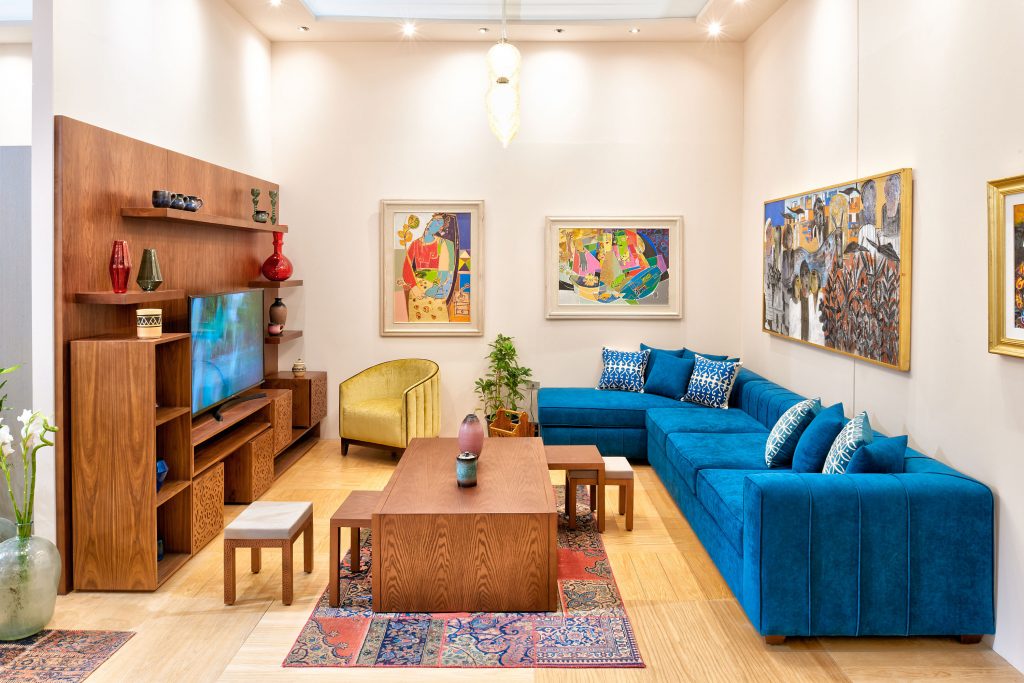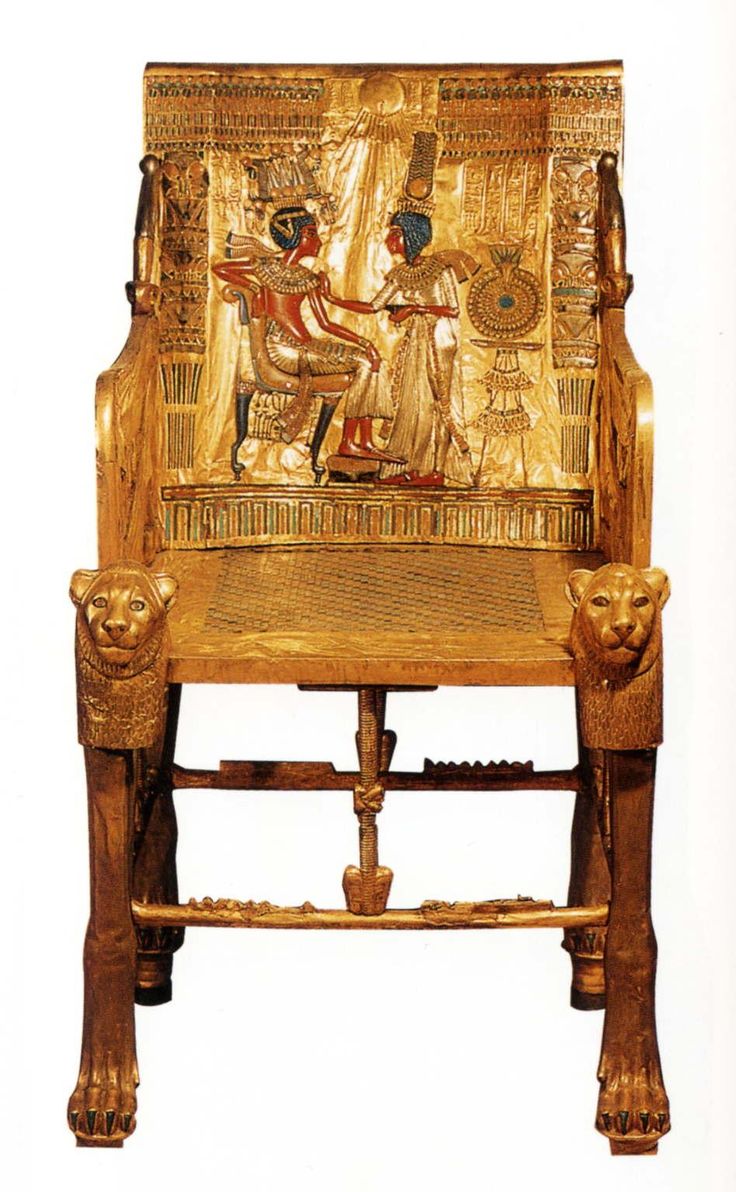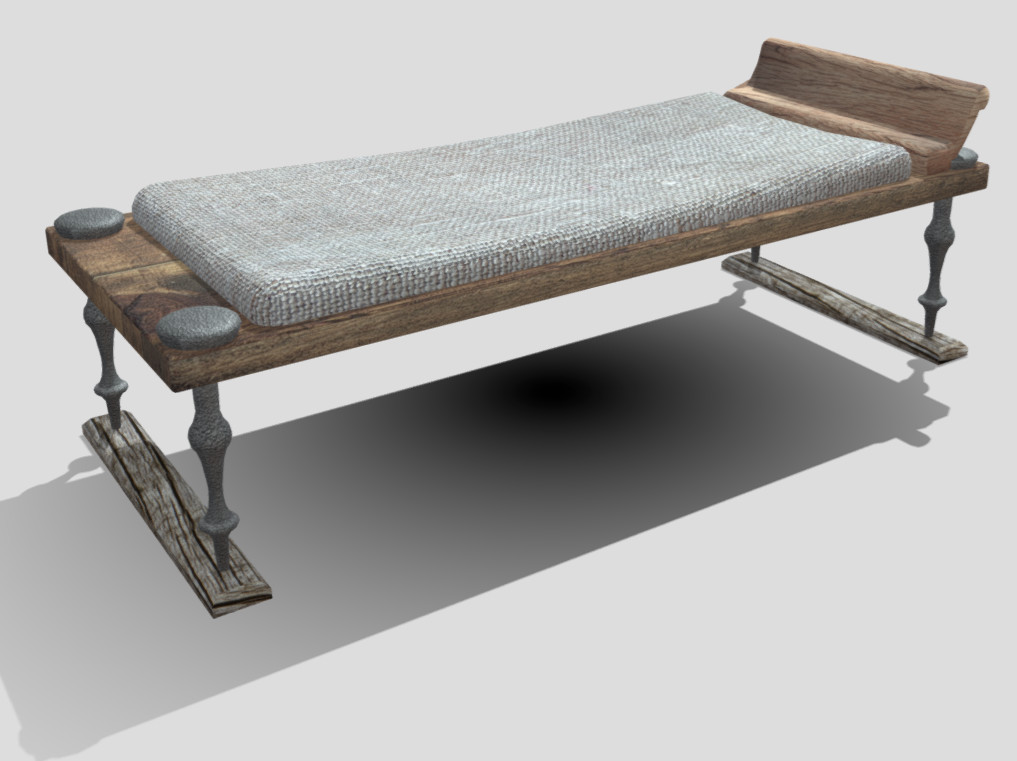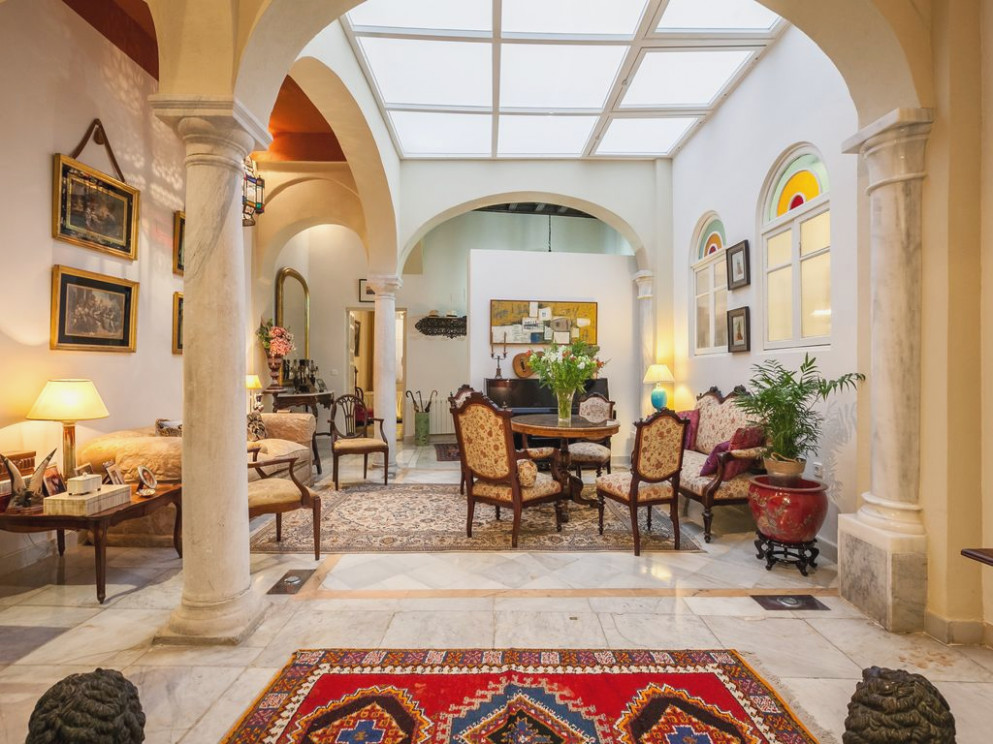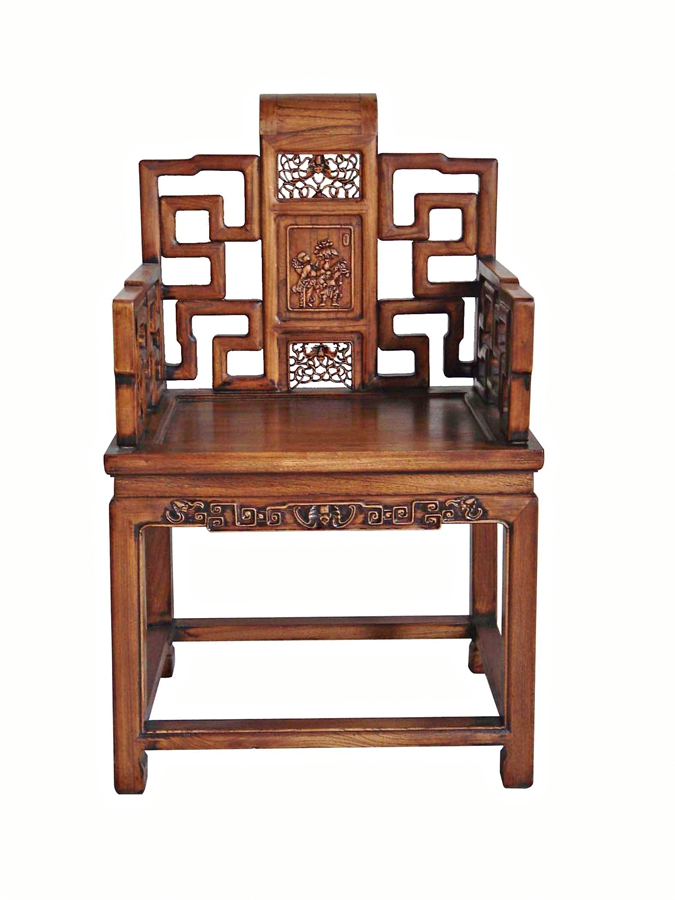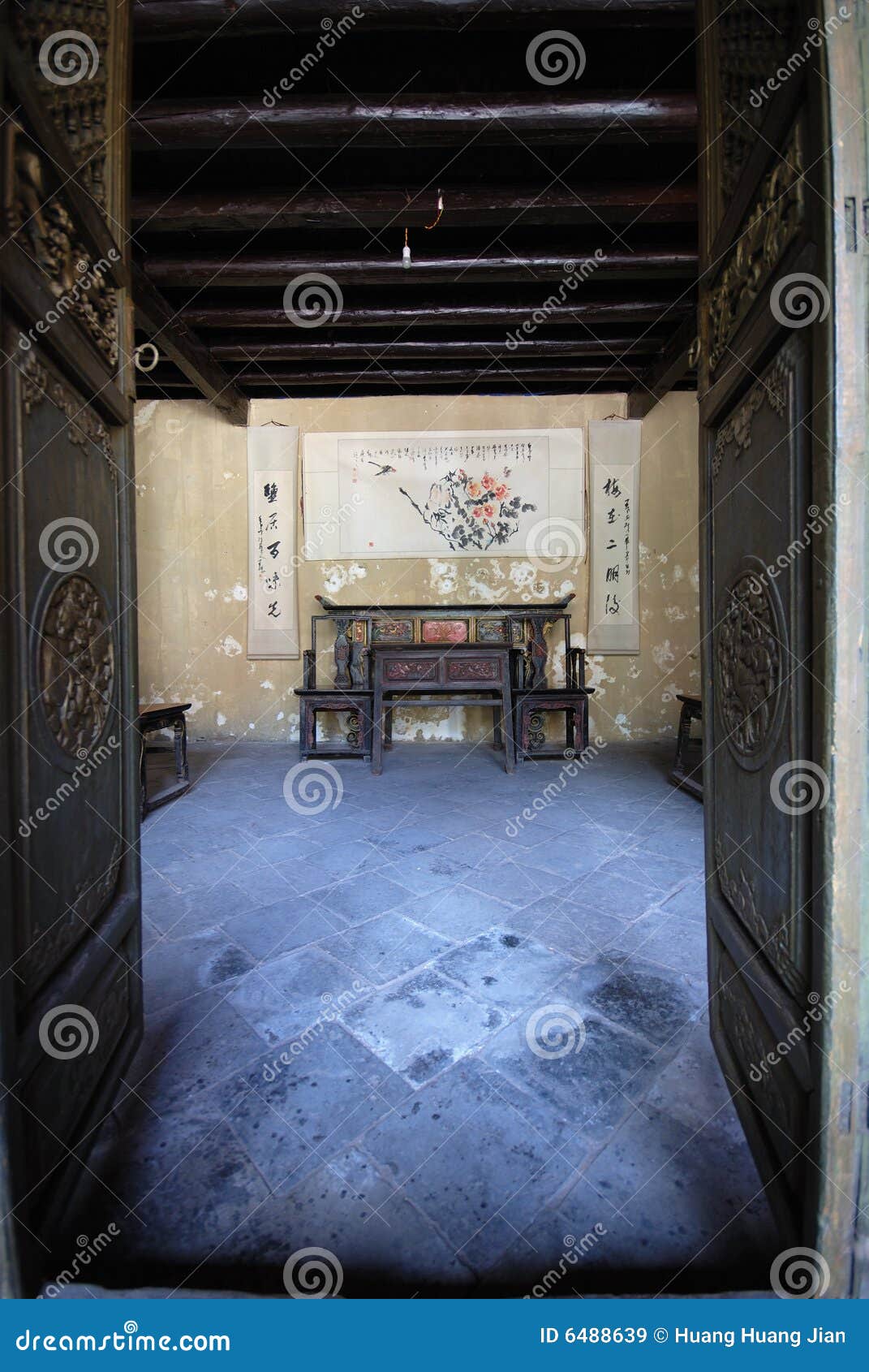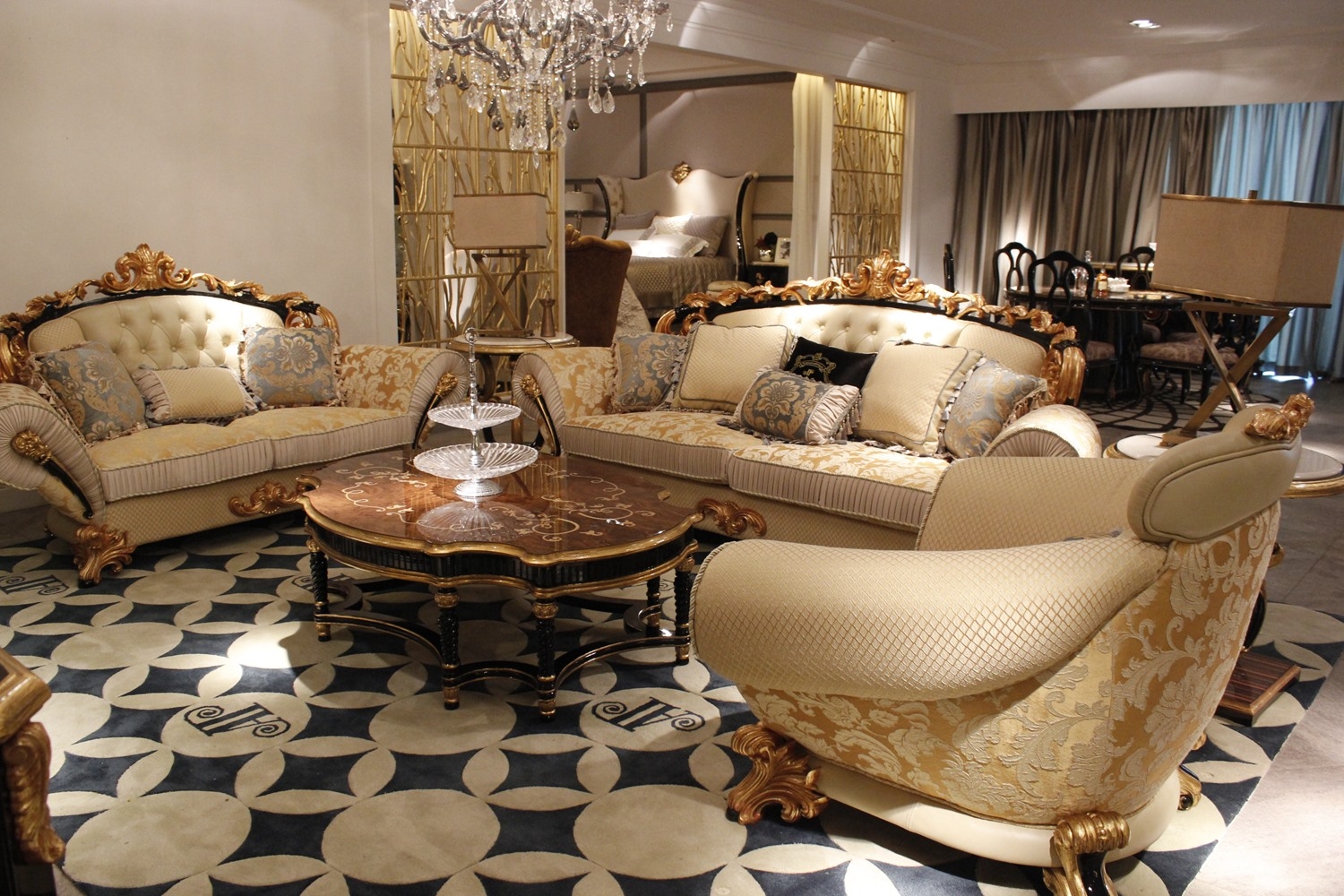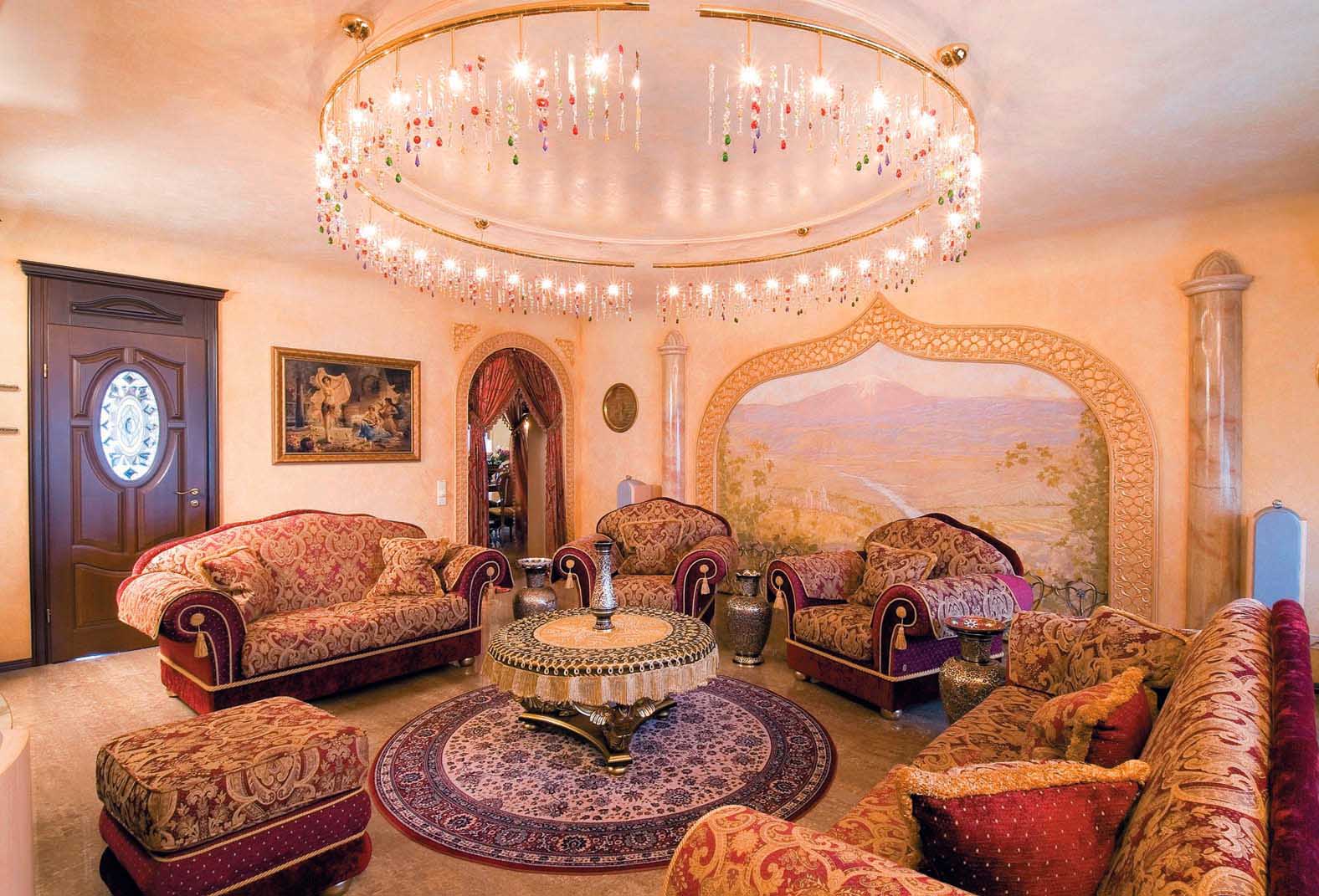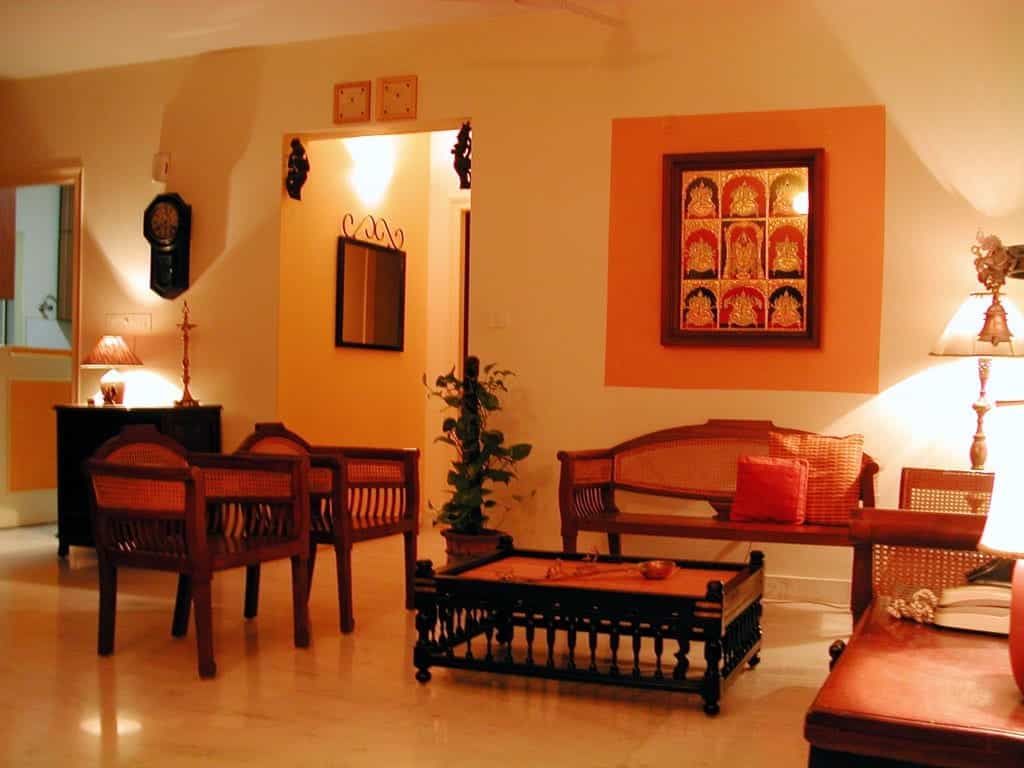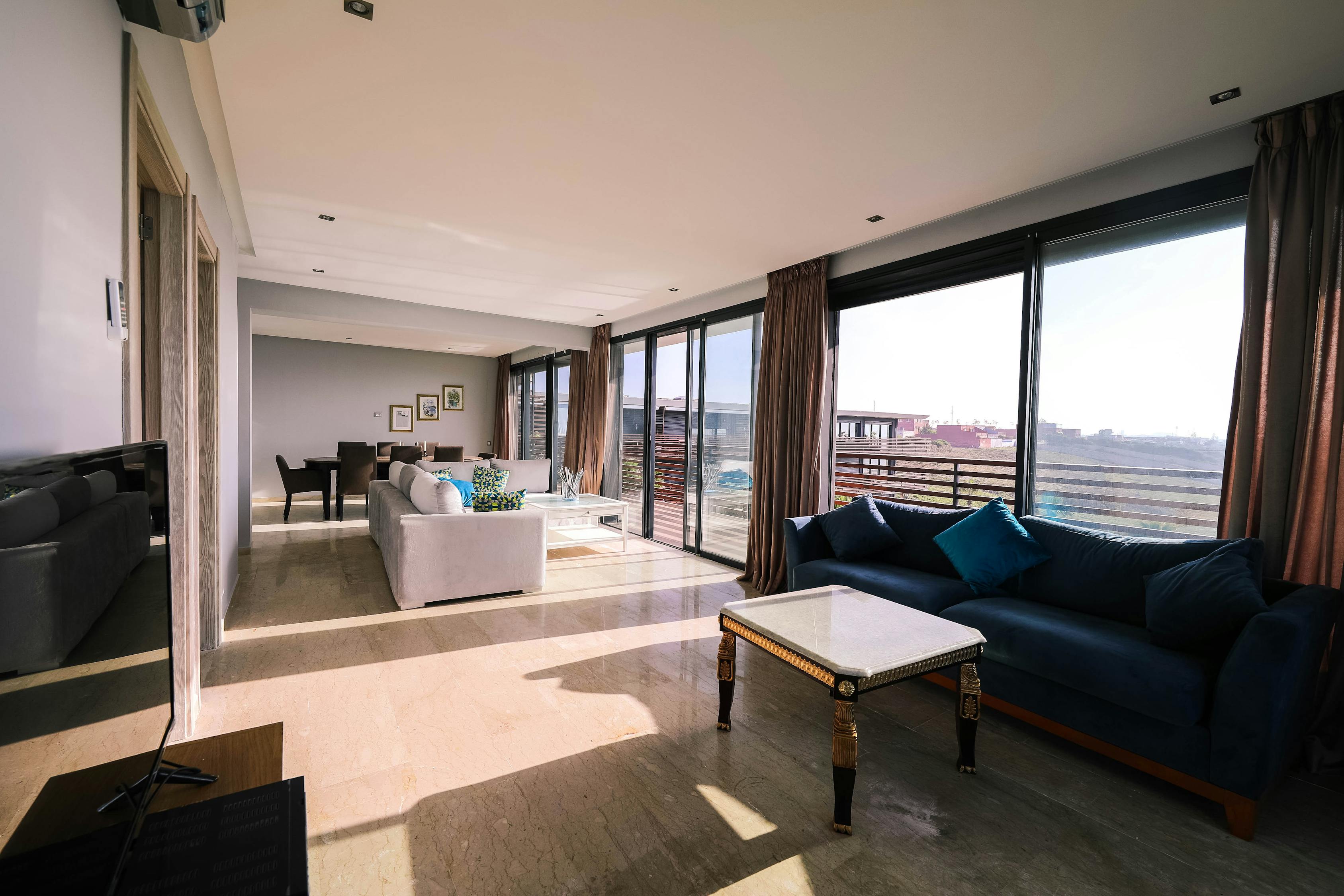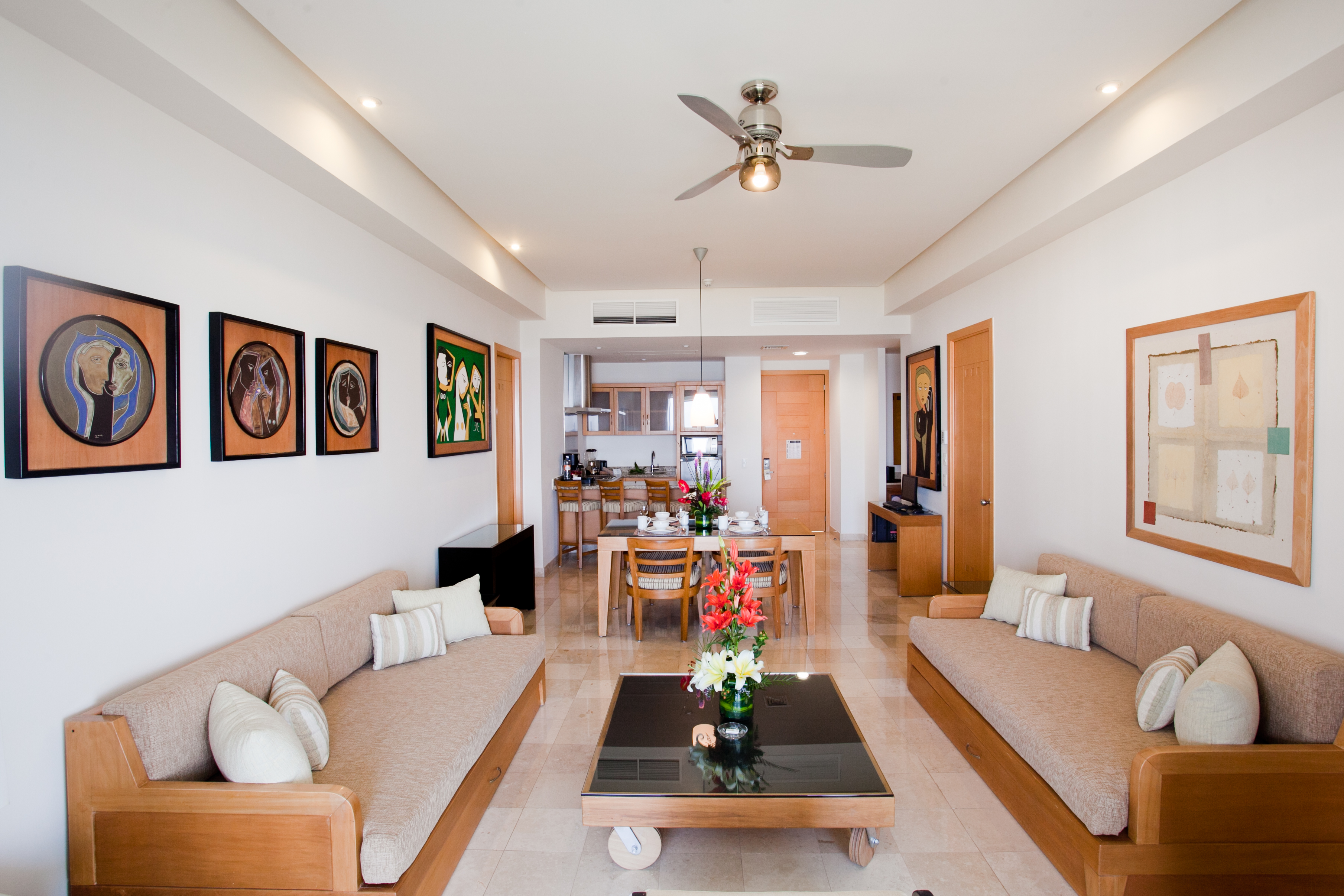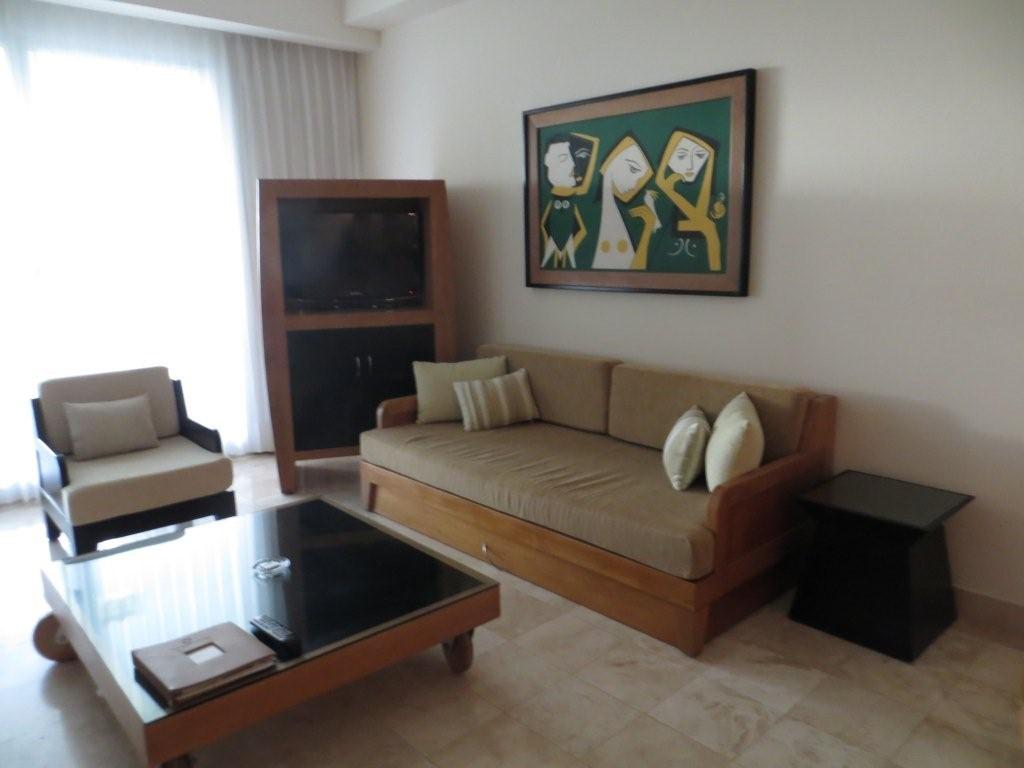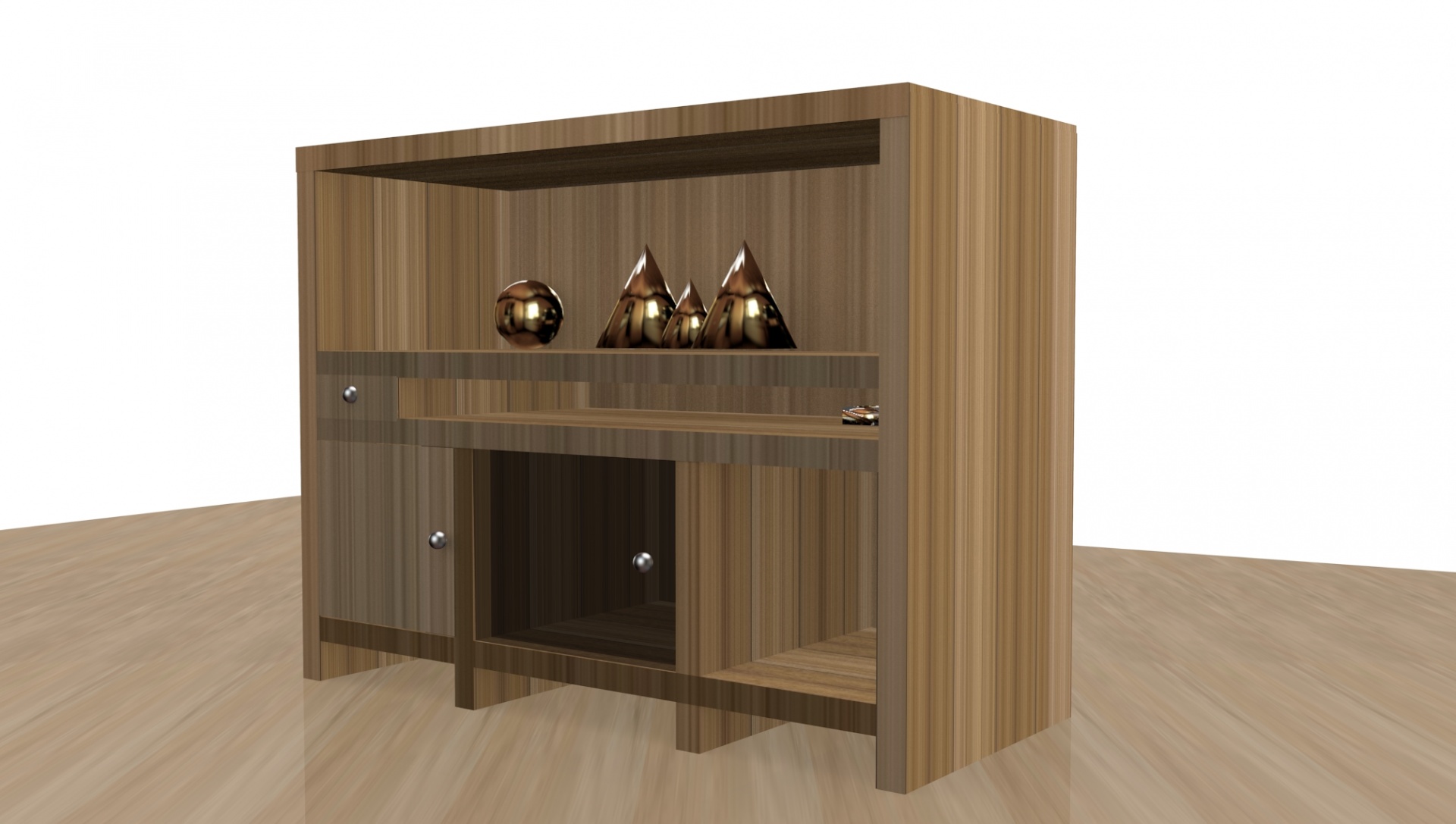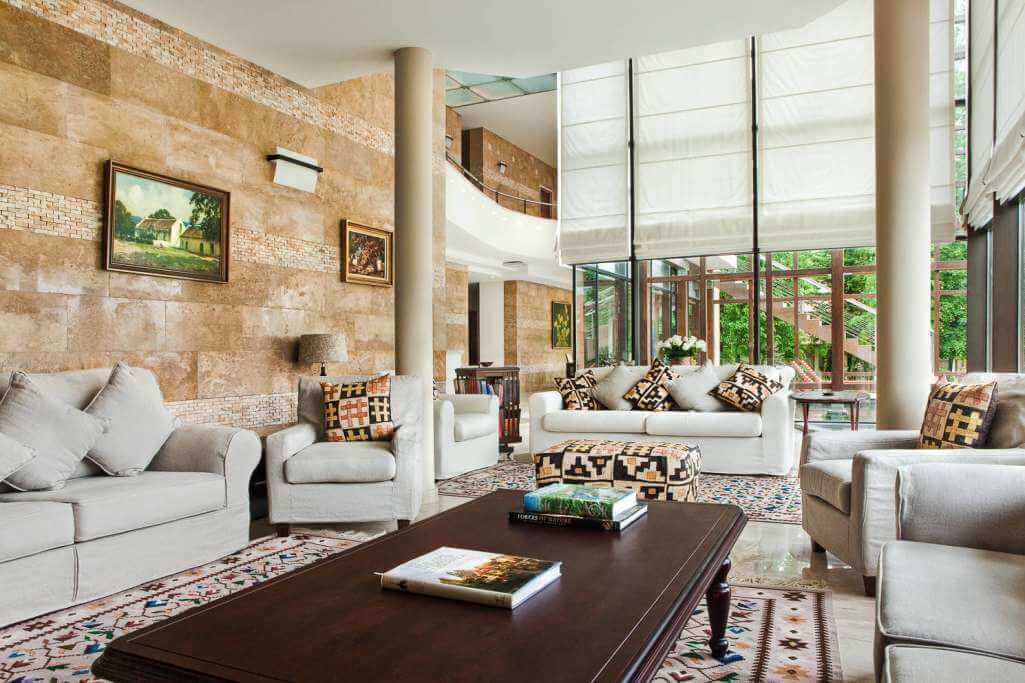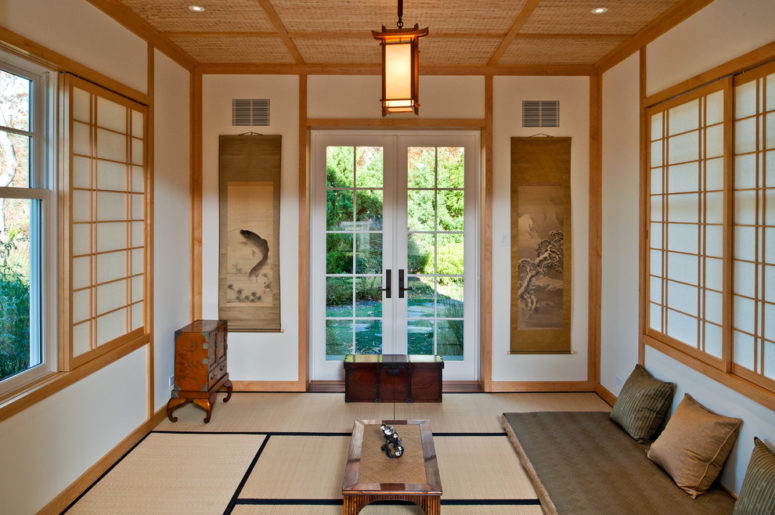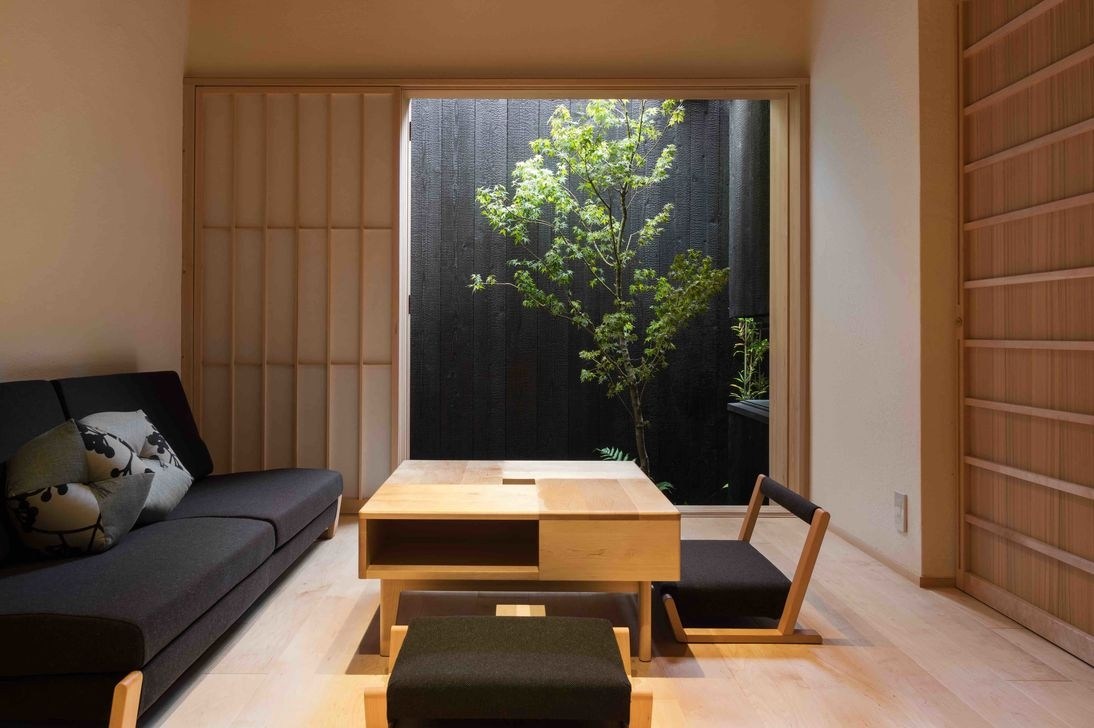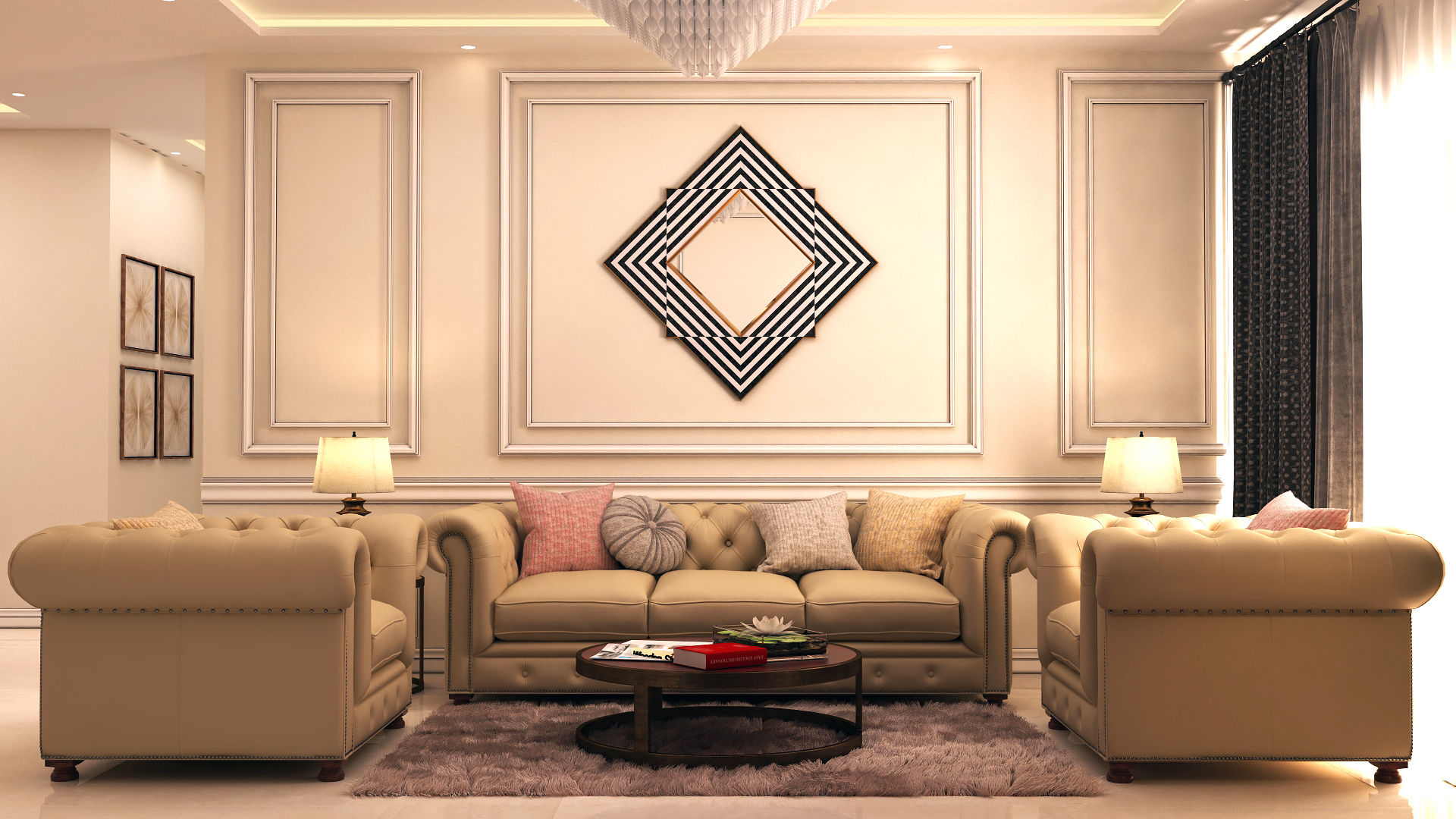The ancient Egyptians were known for their luxurious and ornate living spaces, and their furniture was no exception. The ancient Egyptians believed in the afterlife, and their furniture was often designed with this in mind. Wood, gold, and precious stones were commonly used to create elaborate pieces that were not only functional but also served as symbols of wealth and status. One of the most iconic pieces of ancient Egyptian living room furniture was the throne. These were often made of gold and adorned with intricate carvings and precious stones. The throne was reserved for the pharaoh and was considered a symbol of their divine rule. Other common pieces of furniture included chairs, tables, and beds. These were also made of wood and decorated with intricate carvings and inlays. The legs of chairs and tables often took the form of animal legs, such as lions or bulls, which were seen as symbols of strength and power.1. Ancient Egyptian Living Room Furniture
The ancient Greeks were known for their appreciation of beauty and harmony, and this was reflected in their furniture as well. The main materials used in ancient Greek living room furniture were wood, marble, and bronze. The furniture was simple in design, yet elegant and functional. The klinai was a popular piece of ancient Greek furniture. It was a low, reclining couch that was used for dining and socializing. The klinai was often made of wood and was adorned with cushions and blankets for comfort. Other common pieces of furniture included chairs, tables, and stools. These were often made of marble and were decorated with intricate carvings and inlays. The legs of chairs and tables were often in the shape of animal legs, such as lions or griffins, which were seen as symbols of power and strength.2. Ancient Greek Living Room Furniture
The ancient Romans were heavily influenced by the Greeks and adopted many of their furniture designs and materials. However, they also added their own touch, incorporating luxurious fabrics and materials into their furniture. The triclinium was a common piece of furniture in Roman living rooms. It was a low, reclining couch used for dining and socializing, similar to the Greek klinai. However, the Roman version was often made of marble and was adorned with colorful fabrics and intricate carvings. Other popular pieces of furniture included chairs, tables, and beds. These were often made of bronze and were decorated with elaborate carvings. The legs of chairs and tables were often in the shape of animal legs, similar to the Greeks, but with a more ornate design.3. Ancient Roman Living Room Furniture
The ancient Chinese had a deep appreciation for nature and this was reflected in their furniture designs. Wood was the main material used in ancient Chinese living room furniture, with lacquer and inlay work often used to add decorative elements. The kang was a popular piece of furniture in ancient Chinese living rooms. It was a low, platform bed that was used for sleeping, sitting, and socializing. The kang was often made of wood and was adorned with cushions and blankets for comfort. Other common pieces of furniture included chairs, tables, and stools. These were often made of wood and decorated with intricate carvings and inlay work. The legs of chairs and tables were often in the shape of animal legs, such as dragons or lions, which were seen as symbols of power and strength.4. Ancient Chinese Living Room Furniture
The ancient Indians had a rich and diverse culture, and this was reflected in their furniture as well. The main materials used in ancient Indian living room furniture were wood, metal, and textiles. The furniture was often intricately carved and adorned with colorful fabrics and patterns. The daybed was a common piece of furniture in ancient Indian living rooms. It was a low, platform bed that was used for sitting and sleeping. The daybed was often made of wood and was adorned with colorful cushions and embroidered textiles. Other popular pieces of furniture included chairs, tables, and stools. These were often made of metal and were decorated with intricate carvings and colorful textiles. The legs of chairs and tables were often in the shape of animal legs, such as elephants or peacocks, which were significant in Indian culture.5. Ancient Indian Living Room Furniture
The ancient Mesopotamians were known for their advanced civilization and their furniture was no exception. The main materials used in ancient Mesopotamian living room furniture were wood and metal. The furniture was often simple in design, yet functional and sturdy. The divan was a popular piece of furniture in ancient Mesopotamian living rooms. It was a low, platform bed that was used for sitting and sleeping. The divan was often made of wood and was adorned with colorful textiles and intricate carvings. Other common pieces of furniture included chairs, tables, and stools. These were often made of wood and decorated with metal fittings and elaborate carvings. The legs of chairs and tables were often in the shape of animal legs, similar to other ancient civilizations.6. Ancient Mesopotamian Living Room Furniture
The ancient Mayans were known for their advanced knowledge of mathematics and astronomy, and their furniture was a reflection of this. The main materials used in ancient Mayan living room furniture were wood and stone. The furniture was often simple in design, yet functional and sturdy. The hammock was a common piece of furniture in ancient Mayan living rooms. It was a low, suspended bed that was used for sitting and sleeping. The hammock was often made of plant fibers and was adorned with colorful textiles and intricate patterns. Other popular pieces of furniture included chairs, tables, and stools. These were often made of stone and decorated with colorful patterns and carvings. The legs of chairs and tables were often in the shape of animal legs, such as jaguars or snakes, which held symbolic significance in Mayan culture.7. Ancient Mayan Living Room Furniture
The ancient Aztecs were known for their advanced civilization and their furniture was a reflection of this. The main materials used in ancient Aztec living room furniture were wood and stone. The furniture was often simple in design, yet functional and sturdy. The mat was a common piece of furniture in ancient Aztec living rooms. It was a low, woven bed that was used for sitting and sleeping. The mat was often made of palm leaves and was adorned with colorful textiles and intricate patterns. Other common pieces of furniture included chairs, tables, and stools. These were often made of stone and decorated with colorful patterns and carvings. The legs of chairs and tables were often in the shape of animal legs, such as jaguars or eagles, which held symbolic significance in Aztec culture.8. Ancient Aztec Living Room Furniture
The ancient Japanese had a deep appreciation for simplicity and functionality, and their furniture was a reflection of this. The main materials used in ancient Japanese living room furniture were wood and bamboo. The furniture was often minimalistic in design, yet elegant and functional. The futon was a common piece of furniture in ancient Japanese living rooms. It was a low, padded mattress that was used for sitting and sleeping. The futon was often made of cotton and was adorned with simple patterns and embroidery. Other popular pieces of furniture included chairs, tables, and stools. These were often made of wood and bamboo and were decorated with simple, natural designs. The legs of chairs and tables were often straight and simple in design.9. Ancient Japanese Living Room Furniture
The ancient Persians were known for their opulent and luxurious lifestyle, and this was reflected in their furniture as well. The main materials used in ancient Persian living room furniture were wood, metal, and textiles. The furniture was often intricately designed and adorned with elaborate patterns and designs. The divan was a common piece of furniture in ancient Persian living rooms. It was a low, platform bed that was used for sitting and sleeping. The divan was often made of wood and was adorned with colorful textiles and intricate patterns. Other common pieces of furniture included chairs, tables, and stools. These were often made of metal and were decorated with elaborate carvings and colorful textiles. The legs of chairs and tables were often in the shape of animal legs, such as lions or dragons, which were seen as symbols of power and strength.10. Ancient Persian Living Room Furniture
The Evolution of Ancient Living Room Furniture

The Importance of Living Room Furniture in Ancient Times
 Ancient living rooms were not just a place to sit and relax, they were the center of social gatherings and served as a representation of one's wealth and status. In ancient civilizations such as Egypt, Greece, and Rome, the living room was known as the "atrium" and it was the most important room in the house. It was here that guests were entertained, important discussions were held, and celebrations took place. As such, the furniture in these rooms played a vital role in creating a comfortable and impressive space for both the homeowners and their guests.
Ancient living rooms were not just a place to sit and relax, they were the center of social gatherings and served as a representation of one's wealth and status. In ancient civilizations such as Egypt, Greece, and Rome, the living room was known as the "atrium" and it was the most important room in the house. It was here that guests were entertained, important discussions were held, and celebrations took place. As such, the furniture in these rooms played a vital role in creating a comfortable and impressive space for both the homeowners and their guests.
The Characteristics of Ancient Living Room Furniture
 The furniture found in ancient living rooms was often made from high-quality materials such as wood, marble, and precious metals. These materials not only added to the aesthetic appeal of the furniture but also demonstrated the wealth and status of the homeowner.
Ornate carvings and intricate designs were also common features of ancient living room furniture, showcasing the craftsmanship and attention to detail of the artisans who created them.
Additionally, furniture pieces were often adorned with colorful fabrics and cushions to add a touch of luxury and comfort.
The furniture found in ancient living rooms was often made from high-quality materials such as wood, marble, and precious metals. These materials not only added to the aesthetic appeal of the furniture but also demonstrated the wealth and status of the homeowner.
Ornate carvings and intricate designs were also common features of ancient living room furniture, showcasing the craftsmanship and attention to detail of the artisans who created them.
Additionally, furniture pieces were often adorned with colorful fabrics and cushions to add a touch of luxury and comfort.
The Evolution of Ancient Living Room Furniture
 Over time, the design and functionality of living room furniture evolved, reflecting the changing needs and styles of each era. For example, during the Middle Ages, living room furniture became more practical and functional, with tables and chairs becoming more common. During the Renaissance, furniture became more extravagant and decorative, with elaborate designs and luxurious fabrics being used.
Today, many modern living room furniture pieces are inspired by the designs of ancient times, blending traditional elements with contemporary styles.
From intricately carved wooden coffee tables to luxurious velvet sofas, ancient living room furniture continues to influence and inspire modern interior design. It serves as a reminder of the rich history and cultural significance of the living room as the heart of the home.
In conclusion, ancient living room furniture holds a special place in the evolution of house design. It not only served its functional purpose but also served as a symbol of wealth, status, and social gatherings.
From its luxurious materials and intricate designs to its lasting influence on modern furniture, ancient living room furniture will continue to be a source of inspiration for generations to come.
Over time, the design and functionality of living room furniture evolved, reflecting the changing needs and styles of each era. For example, during the Middle Ages, living room furniture became more practical and functional, with tables and chairs becoming more common. During the Renaissance, furniture became more extravagant and decorative, with elaborate designs and luxurious fabrics being used.
Today, many modern living room furniture pieces are inspired by the designs of ancient times, blending traditional elements with contemporary styles.
From intricately carved wooden coffee tables to luxurious velvet sofas, ancient living room furniture continues to influence and inspire modern interior design. It serves as a reminder of the rich history and cultural significance of the living room as the heart of the home.
In conclusion, ancient living room furniture holds a special place in the evolution of house design. It not only served its functional purpose but also served as a symbol of wealth, status, and social gatherings.
From its luxurious materials and intricate designs to its lasting influence on modern furniture, ancient living room furniture will continue to be a source of inspiration for generations to come.







